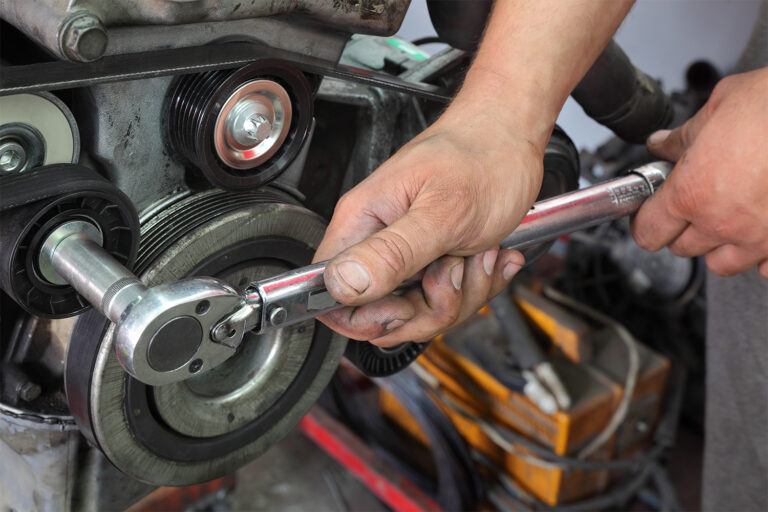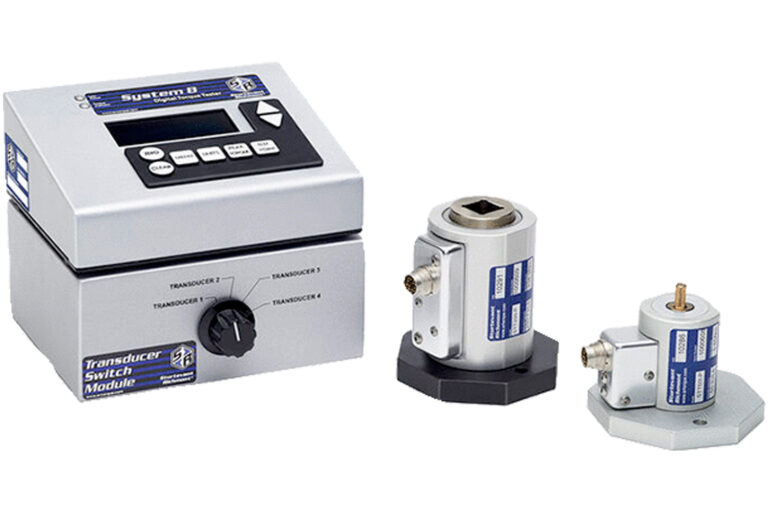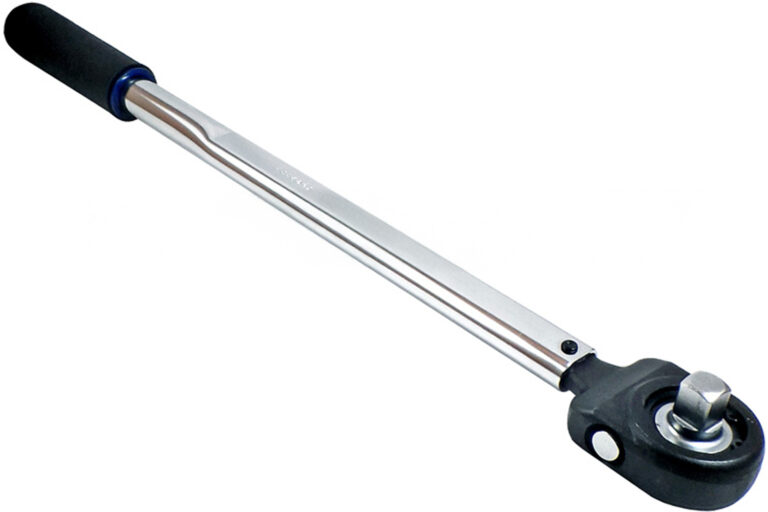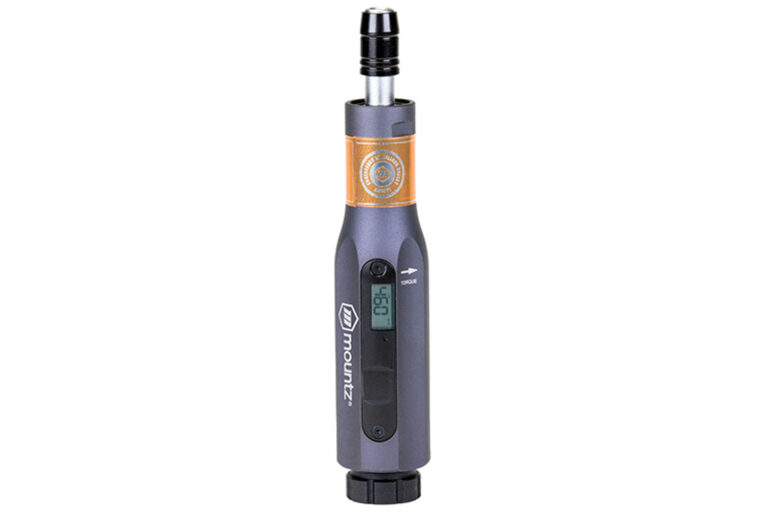
The Problem: Inconsistent Engagement or Slipping Torque Tools
In high-cycle manufacturing and critical assembly applications, torque tools that slip prematurely—or fail to engage entirely—can lead to serious quality and safety issues. Click wrenches that don’t “click,” worn clutches that fail to disengage at the set torque, or inconsistent tool response from operator to operator all introduce torque variation.
These issues often arise from internal wear, inadequate tool design, improper calibration, or simply using the wrong torque mechanism for the job. In regulated industries like aerospace, electronics, and medical device manufacturing, even a single missed torque click can result in a recall or rework order.
Fortunately, several purpose-built tools are designed to prevent these failures by using mechanical clutch systems or digital confirmations that eliminate ambiguity.
Best Solutions to Prevent Slipping or Failure to Engage
Sturtevant Richmont invented the cam-over torque wrench—an innovation designed to completely prevent over-torque by physically limiting how far a fastener can be turned. This mechanical clutch “slips” at the calibrated torque point and cannot apply additional torque beyond the set limit.
Best Uses:
- Electronics assembly where overtightening can damage components
- High-reliability fasteners in aerospace or medical manufacturing
- Applications requiring consistent, repeatable results with low operator variability
Why It Works:
The cam-over clutch mechanism is engineered to slip consistently, regardless of user strength or grip. It eliminates the possibility of overshooting a torque value, which is a common issue with traditional click wrenches that don’t audibly or tactilely register when expected.
For teams that need flexibility across different torque specs without sacrificing accuracy, Mountz offers the FGA series, which are adjustable cam-over torque screwdrivers that retain the same anti-over-torque clutch design as their preset models.
Why It Works:
The adjustable cam-over clutch disengages once the selected torque is reached, eliminating the risk of overtightening while allowing for mid-shift spec changes. It’s ideal for lab, electronics, and light assembly work that doesn’t require preset locking.
When an operator misses a mechanical click, a torque error goes undetected. The TAC Series solves this by pairing a mechanical click mechanism with digital feedback—including lights, vibration, and beeps—to confirm every application was completed at the target torque.
Bes Uses:
- Aerospace fastener traceability
- Automotive sub-assembly cells
- Any environment with variable operators or mixed-angle access
Why It Works:
The click still functions mechanically, but real-time feedback removes operator ambiguity. Paired with a controller, these wrenches can store torque data, report to QA systems, and alert you if tools go out of calibration.

To prevent torque failures before they happen, manufacturers often use the System 8 for daily torque verification. This digital test station allows users to validate wrench performance before every shift or production run.
Why It Works:
Its ±0.25% accuracy and customizable test routines allow QA managers to verify torque tool reliability with audit-ready reports. It ensures that slipping or failing clutches are caught before they cause damage on the line.
| Torque Problem | Best Tool Line | Why It Works |
|---|---|---|
| Wrenches slipping or not engaging at torque | Sturtevant Richmont Torque Wrenches | Mechanical cam-over clutch disengages precisely and consistently |
| Variable torque needs with anti-over-torque clutch | Mountz FGA Adjustable Cam-Over Drivers | Adjustable range with fixed cam-over clutch for repeatability |
| Missed clicks or uncertain torque confirmation | Sturtevant Richmont TAC Digital Wrenches | Combines click + digital cues for full operator awareness |
| Catching worn tools before failure | Sturtevant Richmont System 8 Torque Tester | Lab-grade torque verification with built-in accuracy reports |
Torque tools that slip, fail to click, or deliver inconsistent results aren’t just frustrating, they’re dangerous to your product integrity. Investing in the right cam-over or digital-confirmation system prevents errors, protects fasteners, and ensures your team works with confidence.




